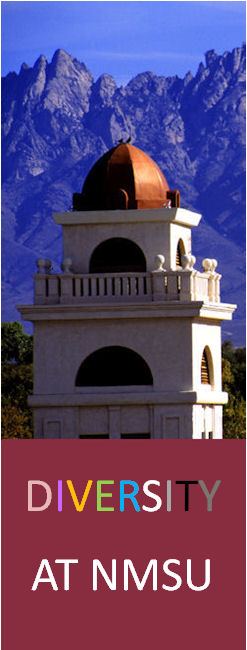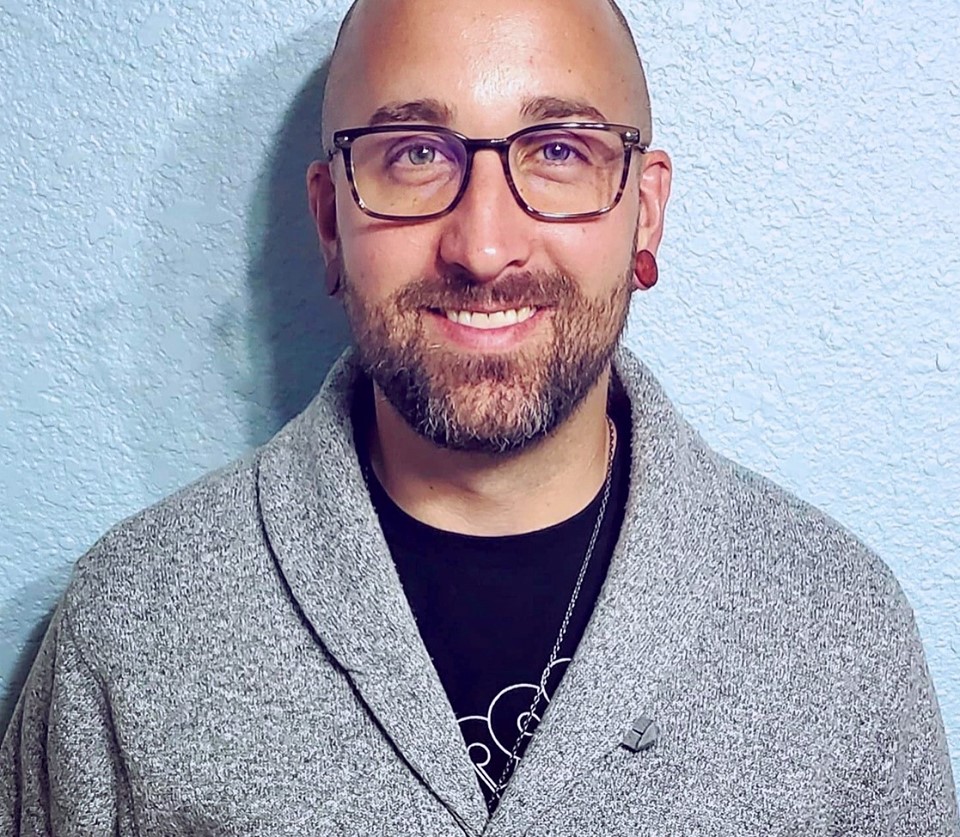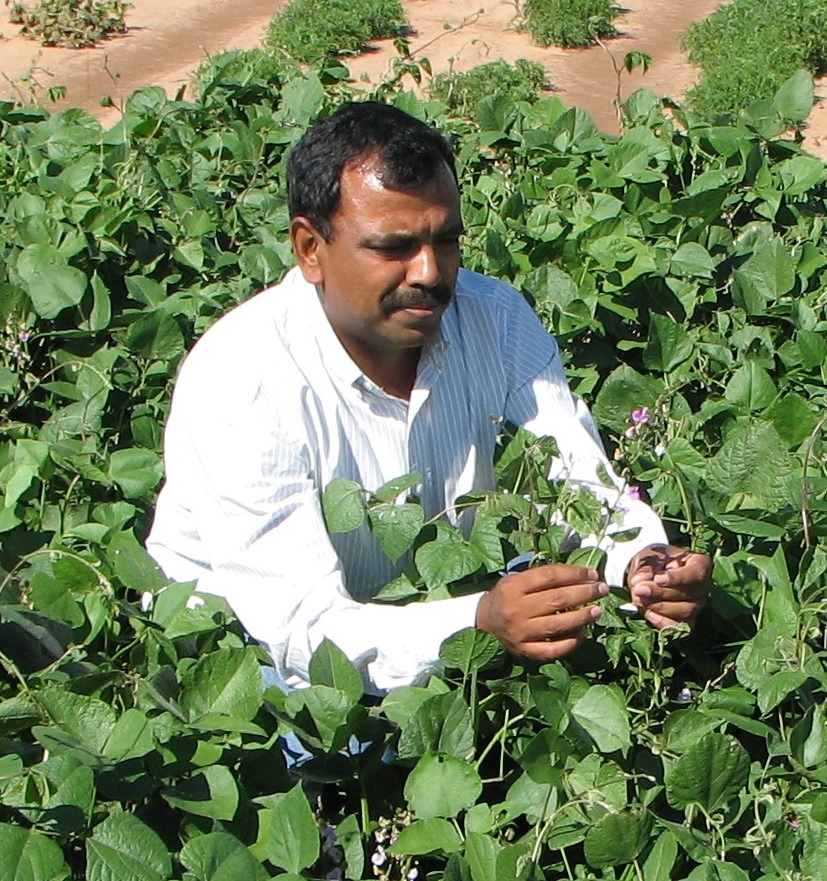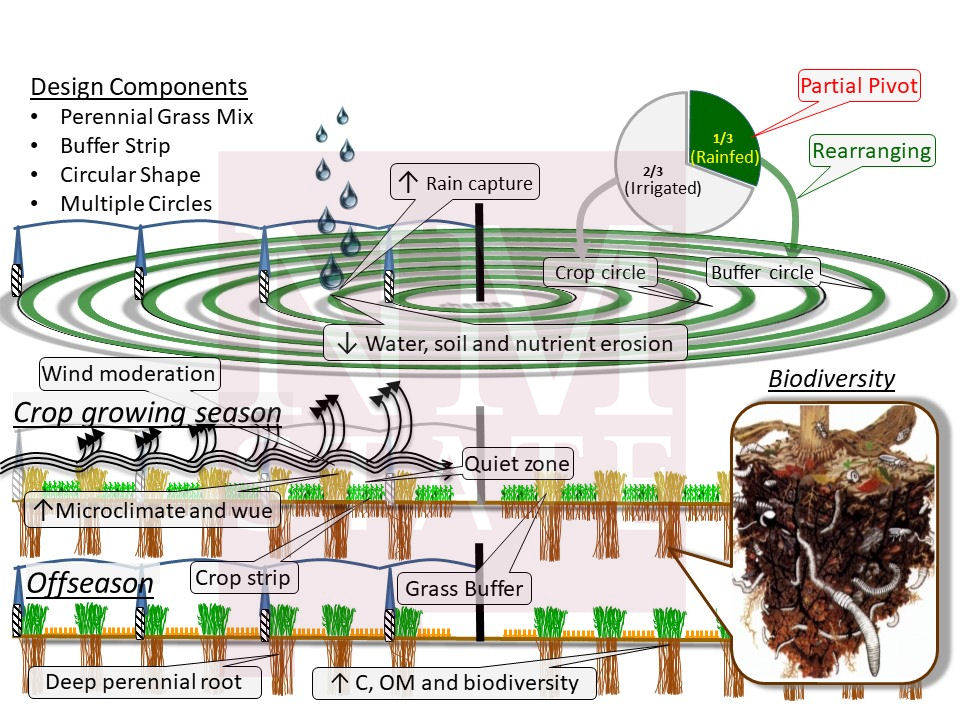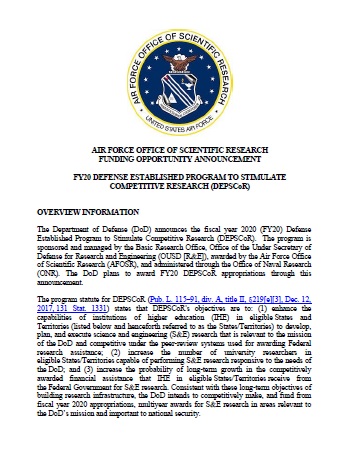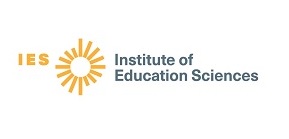 |
|
Racial Diversity in Higher EducationBy Luis Cifuentes, Vice President for Research and Dean of Graduate School
In the editorial, Time to look in the mirror, editor-in-chief of Science journals, H. Holden Thorp, poses the questions, “Why are so few Science authors from historically black colleges and universities? Why are the scientific areas studied more frequently by people of color continuously underfunded by the government? Why do students who are people of color have to remind society that they are almost never taught by someone who looks like them? Why has the United States failed to update its ways of teaching science when data show that people of color learn better with more inclusive methods? If there had been more diversity in science, would we have the painful legacy of the Tuskegee syphilis study and the shameful nonrecognition of Henrietta Lacks's contribution to science?” The scientific community has failed to answer these questions. Moreover, we continue to turn a blind eye to “evidence of systemic racism in science [that] permeates this nation.” The easy or less confrontational way out is to pivot the discussion from systemic racism and oppression to whether those of us who are not people of color, i.e. white, are truly “racist.” In the article, addressing the criminal justice system by Radley Balko, a journalist for the Washington Post, he argues “…the term ‘systemic racism,’ [is] often wrongly interpreted as an accusation that everyone in the system is racist.” Systemic racism means there are structural and institutional bigotry that is engrained as normal practices within the organization regardless of the intention of the people who work within the system. President John Floros restated his and Chancellor Dan Arvizu’s commitment “to hiring a leader for diversity, inclusion and equity” (DEI) in the June 26th President’s Communication. He added that this “leader would help us [NMSU] advance an equitable and inclusive environment, where every person understands that they belong here, an environment where every person is accepted, respected and supported. As the vice president for research and dean of the graduate school, my team and I commit to collaborating with the new DEI leader to make a space in Science for authors of color at NMSU, campaign for equity in internal funding at NMSU, advocate for intentional efforts to hire scientists of color at NMSU, and argue for an inclusive science curriculum at NMSU. The goal is self-evident yet still far in the distance. The metrics of success are irrefutable but yet to be realized. However, an honest look in the mirror will reveal a research enterprise that cannot continue to be complicit in accepting racially disparate outcomes, regardless of the intentional or unintentional practices of the people who work within that system. |
|
NMSU Associate Professor of Psychology Joins National Science FoundationBy Hamid Mansouri Rad, Senior Proposal Development Specialist, RAS
Dr. Michael C. Hout, Associate Professor of Psychology at NMSU has taken a professional leave to join the National Science Foundation as a Program Director in the Perception, Action, and Cognition (PAC) Program of the Division of Behavioral and Cognitive Sciences. Dr. Hout’s primary research focuses on understanding human memory and attention, with an emphasis on human visual processing and eye movements. He has won several awards for his teaching and research at NMSU, including the Donald C. Roush Award for Teaching Excellence, and the Early Career Award for Exceptional Achievements in Creative Scholarly Activity. He is also the recipient of the Rising Star award from the Association for Psychological Science. “As a Program Director at PAC, I'll have the ability to shape research in the field of cognition for the next two years, and for the life of the grants that are awarded during my tenure,” states Dr. Hout. He will work closely with Dr. Betty Tuller, a senior Program Director at NSF, to oversee the program. “In addition to overseeing grant panels and awards in PAC, my hope is also to get involved in doing some outreach for the NSF, reaching out to young PIs and even students to help them become aware of the awesome funding opportunities that that NSF provides,” he adds. “I'm extremely excited about this position, and am also quite grateful that the NSF affords me time to keep my research lines and labs fully functional while I am away.” "This is an important recognition for Dr. Hout and a well-deserved recognition, given the outstanding research, teaching, and service he has performed over the years," remarks Dean of the College of Arts and Sciences Dr. Enrico Pontelli. "The College of Arts and Sciences is proud of Dr. Hout’s accomplishments." While at NSF, Dr. Hout will continue advising his students and will be traveling back to NMSU periodically, maintaining directorship of both of his labs: the Vision Sciences and Memory Lab in the Department of Psychology, and the Addison Care Virtual Reality and Augmented Reality, a multidisciplinary lab co-directed by Dr. Phil Post, the head of the Department of Kinesiology. Dr. Hout earned his PhD in Psychology in 2013 from Arizona State University and joined NMSU in the same year. Dr. Hout can be reached at mhout@nmsu.edu. |
Dr. Michael Hout, Associate
|
NMSU Researcher's Innovative Approach Revolutionizes Crop SustainabilityBy Hamid Mansouri Rad, Senior Proposal Development Specialist, RAS
Water and healthy soil are among fundamental requirements for agriculture. Unfortunately, due to climate change and water scarcity, farmers in arid and semi-arid regions of the world are facing enormous challenges for maintaining their croplands. New Mexico farmers are well familiar with these challenges as they have been coping with drought caused by scarce rainfalls and higher temperatures, some resorting to extracting ground water for irrigation. Fortunately, NMSU is strong with more than 80 researchers across all colleges, active in water-related research and education, some of whom are working on devising strategies to help farmers overcome such environmental challenges. One of these scientists is Dr. Sangu Angadi, Professor of Plant and Environmental Sciences in the College of Agricultural Consumer, and Environmental Sciences. A Crop Stress Physiologist, Angadi conducts research at the Agricultural Science Center in Clovis, New Mexico. He recently was awarded a highly competitive and prestigious USDA NIFA grant for his research to improve the productivity of croplands under environmental stress. However, what sets Angadi’s project apart from other efforts lies in the ever-present challenge for arid land farmers that it addresses and the method he is advancing: He has developed an innovative approach to protect crops from strong winds that contribute to soil ecosystem degradation. Having had the privilege of assisting Dr. Angadi when he was submitting his proposal and fascinated by the technique, I thought I would ask him to discuss this project for our readers. First, congratulations on this NIFA award. Please tell us about the project and “Circles of Live Buffer Strips.” How did you develop this concept? How does it work? One day, I was returning to Clovis from a farmers’ meeting and saw a huge cloud of dust moving in from east. In no time, the dust cloud reduced visibility to near zero on the highway. That experience made me think about the damage that storm causes to agriculture and how I can develop a strategy to minimize that damage. I spent lot of time brainstorming about the problem and came up with this simple, elegant, easy to adopt, novel strategy that not only reduces wind problem but also improves multiple ecosystem services. The system rearranges unirrigated portion of the center pivot into ‘Circles of Live Buffer Strips’ of mixture of tall growing native perennial grass species alternating with crop strips using aerodynamic principles. Circular design and multiple circles make it unique. How long have you been working on this concept? I started this large, landscape study with USDA-NIFA seed grant in 2016. Preliminary results were promising and NIFA funded another grant to continue the work. However, this is a multidisciplinary project and recently submitted a DOE-BETO to holistically assess the system. What’s the significance of this approach? Just by reintroducing native perennial grasses back into the region using this unique design, the system addresses most of the problems faced by irrigated agriculture in the region. Circles of buffer strips can improve productivity of both corn and perennial grasses through reduced stress, less crop damage (windblown soil abrasion), and improved resources use efficiency, for example, improved transpiration fraction, and reduced input losses. It also improves soil health including reduced erosion, improved soil structure, nutrient and organic matter content, infiltration rate, water holding capacity. Further it improves biodiversity and wildlife habitat, namely pollinators, beneficial insects, birds, etc., by providing a perennial plant cover. CBS is also expected to reduce greenhouse gas emissions by reducing production inputs to perennial grasses, and improving resource-use efficiency, CO2 fixation and sequestration. It will also improve the environment and air quality by reducing wind erosion, and keeping all agrochemicals within the pivot. Cropping systems within CBS bolster climate resiliency as resource conservation and resource use efficiency improves, and different stresses are reduced. In addition, producers get some management benefits (e.g. well pressure management, and pivot maintenance). Which crops are good candidates to use this approach for sustainability? Corn, most commonly grown crop can benefit significantly. Many other irrigated crops can benefit from the system. Is this approach cost effective? Yes. It is very cost effective. The only cost is establishing grasses. We envision that federal agencies like NRCS for soil and water conservation, Fish and Wildlife for bird habitat and hunting, DOT for reducing dust storm and better visibility, and EPA for less pollution may develop programs to support farmers to plant grasses using the design. How difficult is this approach to implement by farmers? Since all farmers in the Great Plains use center pivot for irrigation and all tractors, sprayers and combines have RTK-GPS system, it very easy to adopt Circles of Buffer Strips. We have to keep in mind it also offers some management benefits. Dr. Sangu Angadi can be reached at angadis@nmsu.edu. |
|
Research Administration Spotlight: Barbara Gonzales, B.S.By Hamid Mansouri. Rad, Sr. Proposal Development Specialist, RAS
Research Administration (RA) staff assist NMSU faculty and researchers with proposal development and submission, contract administration and negotiations, export control issues, and research involving human subjects and animals. In keeping the tradition of introducing RA staff to NMSU community, we continue with Ms. Barbara Gonzales, Associate Director of Pre-award Administration. Barbara joined NMSU in 2017 and since then she has supported the College of Engineering, Physical Science Laboratory, New Mexico Space Grant Consortium, Student Success, and NMSU Alamogordo. Barbara holds a Baccalaureate degree in Business Management with an emphasis on Leadership and prior to joining NMSU she worked at New Mexico Tech’s Energetic Materials Research and Testing Center (EMRTC). Barbara is an outgoing person who likes to get to know people of all backgrounds. She enjoys reading FBI thrillers, and cooking. But being family oriented, what she enjoys the most is spending time with her loved-ones and having fun with her niece. Barbara can be reached at barbarag@nmsu.edu.
|
|
FY 2020 DEPSCoR Funding Opportunity: DeadlinesBy Hamid Mansouri Rad, Senior Proposal Development Specialist, RAS
The Air Force Office of Scientific Research has released the FY20 Defense Established Program to Stimulate Competitive Research (DEPSCoR) funding opportunity announcement (FOA). FY 2020 DEPSCoR program supports science and engineering basic research relevant to the DoD mission with up to $600,000 grants for three years. Topics supported include:
Response to this FOA takes place in three phases: 1) Registration with AcquTrak by September 14, 2) Submission of white papers by September 21, and 3) Submission of full proposals (by invitation) by February 15, 2021. Individual applicants may submit only one white paper in response to this funding opportunity. In addition, the FOA requires collaboration between the applicant, a full-time faculty who has never served as a PI on a prior DoD- funded award and a collaborating mentor, and an investigator who has served as a PI on a DoD-funded research between October 1, 2013 and September 30, 2020. Both applicants and collaborators should be tenured or tenure-track faculty in DEPSCoR eligible states, but not necessarily in the same institution. For more information, please study the FOA or send email to Dr. Jennifer Becker, Program Manager, Basic Research Office at jennifer.j.becker.civ@mail.mil, specifying the FOA number FOA-AFRL-AFOSR-2020-0004 in the subject line. Technical questions on specific topics should be directed to the appropriate Program Officers listed on page 8 of the FOA. |
|
RIC and IRB Continue Supporting NMSU ResearchersBy Michelle Gavin, Research Integrity Coordinator, RIC
The Institutional Review Board (IRB) continues to support the research community while ensuring the protection of human subject participants. Even though we are in the middle of summer and dealing with the COVID-19 pandemic, the Office of Research Integrity and Compliance (RIC) along with the IRB are here to help you through the IRB process. Since the May 20th IRB Committee Meeting, the IRB has approved close to 80 IRB applications submitted. Using the Maestro Review System for IRB submissions has provided us the capability to maintain a seamless operation. We have seen continued use and increase in the use of Maestro since June with over 40 new users and over 100 new and updated training certificates uploaded into the Maestro system. As a reminder, all NMSU faculty, staff, and students automatically have access to Maestro using their NMSU credentials. NMSU users who would like to find out if their research requires an IRB should log in to Maestro and fill out the “Determination of Human Subjects Research” form located under MyApps. IRB-related questions should be sent via email to care@research.nmsu.edu or simply call us at 575-646-7177. RIC staff also schedule zoom meetings with PIs and their team to help answer their questions and assist them in filling out their IRB submissions to optimize the review timeline. |
|
CITI Program Courses Available to NMSU to Complete Training RequirementsBy JoAnne Dupre, Biosafety and Export Control Manager, RAS
All faculty, staff, students, and affiliates have access to online training to meet research-specific compliance requirements, through Collaborative Institutional Training Initiative, known as CITI, at (https://about.citiprogram.org/). CITI trainings are provided on the following topics:
To start, new CITI users should click “Register” to create an account (separate from your my.nmsu user name and password), then select your affiliation with NMSU and choose your courses from the list provided. There is no fee for you to take the courses and you can return to your account any time to review the materials, take new courses, or print a completion certificate. Contact OVPR by email to ovpr@nmsu.edu for assistance any time. |
 |
Brief Introduction to Institute of Education Sciences
Mr. Jack Goodman, government relations expert at Lewis-Burke Associates, has prepared a brief video that provides an overview of the Institute of Education Sciences and some of the changes in its recent solicitations. Jack has made the video available for NMSU community on Lewis-Burke’s YouTube channel at https://www.youtube.com/watch?v=elxexs5yrKw. |
|
Remember to Accept ARGIS RecordsBy Rita Parra, Director, Pre-award Administration, RASFiscal Year 2020 has come to a close. Please remember to accept any pending records in the Academic Research Grant Information System (ARGIS) system to ensure the accurate tracking of proposal submissions, awards received, and to monitor/archive deliverable requirements. The Office of the Vice President for Research and Dean of Graduate School (OVPRDGS) provides various ongoing reports to the Board of Regents, Chancellor Arvizu and President Floros based on data derived from ARGIS. It is imperative for principal investigators and College/Unit research administrative staff to accept and approve all proposals and awards in ARGIS to ensure accurate reporting data.
|
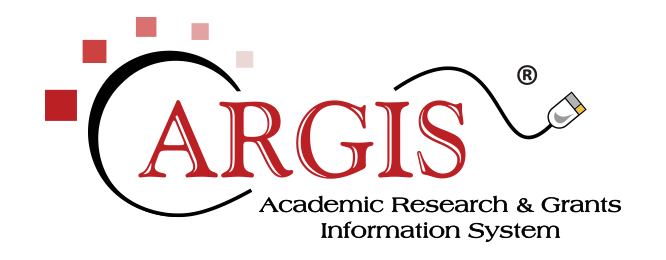 |
Optimizing the Perfect Tortilla: NMSU Professors Advise Start-Up Minerva RoboticsBy Peter Knapp, Senior Program Manager, Arrowhead Center
Nixtamalization, the process of preparing corn through alkaline solutions, is the first step in making the best tortillas. As most may suspect, tortillas made by hand are traditionally the best, but company Minera Robotics has been working with NMSU professors Dr. Richard Pratt and Dr. Efren Delgado, through Arrowhead Center, to develop their tortilla machine that can optimize the corn used, like New Mexican grown blue corn. “If we can find the optimal corn for the optimal process, we can help them make the optimal product,” said Dr. Pratt. “At NMSU we have the expertise in the varietal development and finding a fit between what we can grow here, it can allow us in the borderland region to capture more of that value.” |
|
University Driven Venture FundingASCEND Webinar Series on July 30th, 2020 at 2 PM MTBy Dana DeRego Catron, Director of Strategic Operations, Arrowhead Center
In this presentation, Brian Cummings, a partner at Alta Global Ventures and Founder and CEO of Technium, will discuss the gap many university-based start-ups experience in the funding rat race and how institutions can drive institutional and equity-based financing. The pros and cons will be detailed and alternatives provided. This presentation will provide a foundation upon which to consider building a university-based venture funding organization, alternatives to these funding models, and tweaks to existing funding models. To register visit: https://event.webinarjam.com/channel/ASCENDJulyWebinar |
|
Pivot Funding Opportunity DatabaseBy Hamid Mansouri Rad, Sr. Proposal Development Specialist, RAS
This is a reminder that in order to assist NMSU faculty and staff in locating external funding opportunities, the Office of the Vice President for Research and Dean of Graduate School has purchased a subscription to ProQuest’s Pivot software.
|
 |
Limited Submission Funding Opportunities
The Office of Research Administration Services lists limited submission funding opportunities at https://limitedsubmission.nmsu.edu. We encourage NMSU faculty and staff to periodically visit the site and if they are interested in any of the opportunities to please inform us by sending email to ls-ras@nmsu.edu. As a reminder, the site is only accessible on campus. Accessing the site using off-campus computers require first downloading and logging in through NMSU's VPN at https://vpn.nmsu.edu.
|
|
Graduate School |
|
Higher Education: The Grieving Process with COVID-19By Luis A. Vazquez, Regents Professor and Associate Vice President of Research and Graduate Studies and Denise Esquibel, Associate Dean for Academic Graduate Affairs
As the months have gone by since March, it feels like it was a long time ago. The days seem to all come together. Within a few feet, we are in our “office” working from home. Our freedom to go out and about without extreme caution has changed; having a predictable future for tomorrow has changed; glancing at familiar strangers as we walk the sidewalks on campus has changed; seeing the value of essential workers has changed. We all have been having thoughts, dreams and fears about work, health, family members and how we will all share in our futures together. Our way of life has truly changed in ways that we could not have even imagined it. Even as it is hard to think about, we have also been having discussions about our mortality as individuals and human beings. As we discuss some of these issues with each other; and believe me there have been many deep discussions, it occurred to us that this feels so much like we are going through grieving stages. In psychology we often refer to these stages as: a-denial, b-anger, c-bargaining, d-despair and c-acceptance. We were wondering what these stages must be like living in a pandemic. Through our discussions together, we came up with a few examples for each stage and decided to share them with you. We also believed that the true first stage was “shock”, but it is sometimes not included as part the 5 stages. We will include shock because we found that it did happen as part of our first stage. Shock: When we first were introduced to COVID-19, it was described as something that would not last long, maybe like the flu, and go away quickly. Then it escalated and all of us had to adjust to a new definition of what work had become from home, essential workers became a common term, everything was closed except for essential businesses/hospitals. Terms like frontline workers, at-risks seniors became common phrases, many emergencies were occurring across the country, unemployed became a popular term and broader impact had a different meaning with the pandemic. Many of us experienced each other from different perspectives and truly began to spend quality time each other. Some of us experienced deeper relationships with our loved ones and others came to realize a stronger meaning in our relationships. Yes, it was a shock to have thoughts about humanity and how we truly experience each other in extraordinary circumstances. Some of us, and those around us even learned how we react in a time of crisis. Denial: Is the intellectual and emotional rejection of something that is clear and obvious. For many of us, it was statements like,” is this a joke,” “why is everyone making a big deal of the pandemic.” “We have had measles, the flu and many other transmitted viruses and yet it was not such a big deal.” “Hey, it looks like it affects the elders they are at risk, not us.” “I am not going to worry about it so much because it will soon pass.” Anger: As we started to lose control and being told what to do, we became angry because others were taking action and telling us what to do. A sense of a loss of control came over many of us. Some of us became very critical and quickly blamed others, some of us argued profusely with a lack of compassion or responsibility for each other as many were suffering. Some of us refused to follow the rules, how dare anyone tell us what to do. Bargaining: in this stage, we started to accept the reality of the situation, but still believed that we had complete control. This is when we started to compromise. You can come over as long as you wash your hands. You only need a mask indoors, because when you are outdoors you are fine. Not to worry, the warm weather will make all of this go away. I am pretty healthy, so the worst that may happen to me is coughing and sneezing, but it will pass quickly because I am so healthy. Despair: This is when denial dissipates and reaches a complete halt. At times we may feel out of control, hopeless and no longer in power. Some of us feel sorry for ourselves and of course have many dreams without the luxury of REM sleep because we have become so stressed. This means that we remember more of our dreams. We come to realize that we cannot bargain the pandemic away in our everyday lives. Depression may set in at different levels depending on our phases of despair. This pandemic has become the new normal, what about my future, money, getting sick is a possibility. Acceptance: We finally come to terms with the reality of the situation. We realize that there are ways to control how we shelter ourselves, wash our hands, wear masks, change bad habits, exercise, become healthier, develop stronger relationships, learn to use technology for socializing, instead of seeing it as distancing, live more intentionally, appreciate others as much as they may appreciate us, help where we can and truly be thankful for those who have helped us. Many of us are at different grieving stages and some of us will recycle back to earlier stages depending on how we perceive our experiences. However, through these stages, we received a wakeup call because of this pandemic, along with a focus on our behaviors, beliefs and actions in regards to: racial inequities, health disparities, educational disparities, policy disparities and criminal justice disparities. There is much social unrest and many voices are no longer silent. Changes are being demanded and are taking place with a strong momentum. The true danger with this awareness and process is in reverting to the “status quo” because it is easier to accept, than deal with discomfort, challenges and change. We can no longer ignore such realities, we must continue to work through our discomforts, challenges and commit to eliminating these inequities. We have already been forced into the grieving stages, let’s take this opportunity to define our new realities with how we will work with inequities and disparities in our acceptance stage through continuing the process that has started for social change.
|
|
|
Questions and comments regarding NMSU’s Research and Graduate School Digest should be directed to Dr. Hamid Mansouri Rad at hamid@nmsu.edu, (575) 646-6429. |
|
